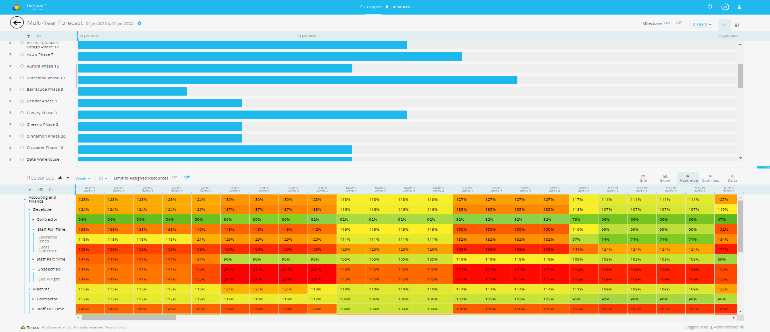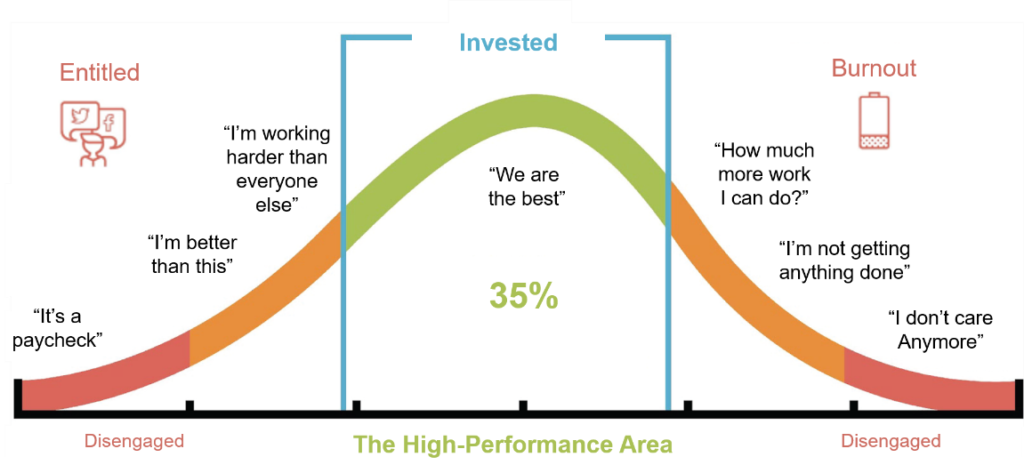In this series of blogs, I’m going to discuss why burnout out is NOT an employee mental health issue that started with Covid-19.
While burnout has many causes, any organization that functions primarily as a creation engine for new products or new internal capabilities has a unique form of burnout. We routinely approve more work than people can do and to solve that problem, we’ve decided that it would be easier on people if we decomposed work assignments down to the size of a matchstick. The problem is dropping one or two unlit matchsticks on a person’s desk is perfectly fine. Dropping 15 burning matchsticks on someone’s desk is not ok, and we really are burning people out one matchstick at a time.
In this multipart blog, I will be discussing the causes of burnout, but more importantly, I will be offering a variety of solutions. Burnout is a problem that we can fix easily once we understand its importance. It doesn’t require us to revolutionize how we manage our companies. All it requires is a desire to get more done faster, without burning out our people.
How too much work in the system leads to burnout
Harvard Business Review recently published an article entitled Beyond Burned Out by Jennifer Moss that finally turns a spotlight on the issue of burnout. Ms. Moss points out that according to work done by Christina Maslach(the creator of the Maslach Burnout Inventory) and her coauthors, burnout has six main causes:
- Unsustainable workload
- Perceived lack of control
- Insufficient rewards for effort
- Lack of a supportive community
- Lack of fairness
- Mismatched values and skills
My guess is that if you are currently a manager in IT or a project manager and I asked you if you thought staff members were overworked, 80% of you would respond with a definitive no. If I asked you if there was too much work in the system (too many approved projects or too many stories in the backlog), most of you would say yes.
My own survey of 100s of companies has shown that managers believe that while there is too much work to be done in their area, they are appropriately managing the work in a way that ensures their people aren’t necessarily overworked—no matter how much work they are assigned—by setting appropriate utilization rates and by pushing out due dates, as necessary. The picture below is a fairly common example of a heatmap that shows that people are over-capacity.

The negative effects of over-allocation
In theory, an organization should ensure that its most important strategic investments are resourced first, then move on to critical operational work. And if there is no next, so be it. People can only do so much, and implying that a person who is 300% allocated can just find a way to get the work done (as an irate CIO insisted in one meeting) is not only foolish, it turns out it’s harmful to the person who is over-allocated.
Why? Because human beings aren’t wired to be comfortable with being assigned to more work than they can ever possibly do in a 50-hour week, let alone a 40-hour week. It begins to negatively impact their sense of self as competent, talented individuals. The longer the situation continues, the more destructive it becomes. Most people will get their resume out, which will relieve some of the pressure. But if they can’t change companies and begin to think of themselves as “stuck” in their current situation, they’ve taken a very large step toward full-fledged burnout.
People feel they are overworked if no amount of effort will ever give them a moment where they feel their work is caught up.
Human beings don’t respond well to these circumstances. In fact, the higher the quality of your knowledge workers, the more they want to feel they’ve accomplished something, can obtain closure, and will move onto something new and challenging with a growth mindset.
How burnout leads to a disengaged workforce
According to Gallup, employee disengagement is somewhere in the 60 plus percent range. For illustration purposes, I’ve chosen 65%. If you look at the right side of the chart, you’ll see the group of people we are discussing. These are your good people. Your mediocre people may also be disengaged, but their disengagement has its roots in other issues.

In this series of blogs, I’ll show how, with a little bit of work and some creativity, you can take that 35% invested and make it 75%. It won’t happen overnight, but every step you take will let you pull one more employee back from burnout, which I hope is a challenge with a high enough payback to make it worth the effort.
Where do you start? In my next blog, I’ll focus on a framework I call the 8Cs. I’ll also continue to address the five remaining causes of burnout. It’s my hope that somewhere along the line, your organization will find that by reducing the things that cause burnout, you will be significantly increasing employee engagement while at the same time improving the productivity of your organization.